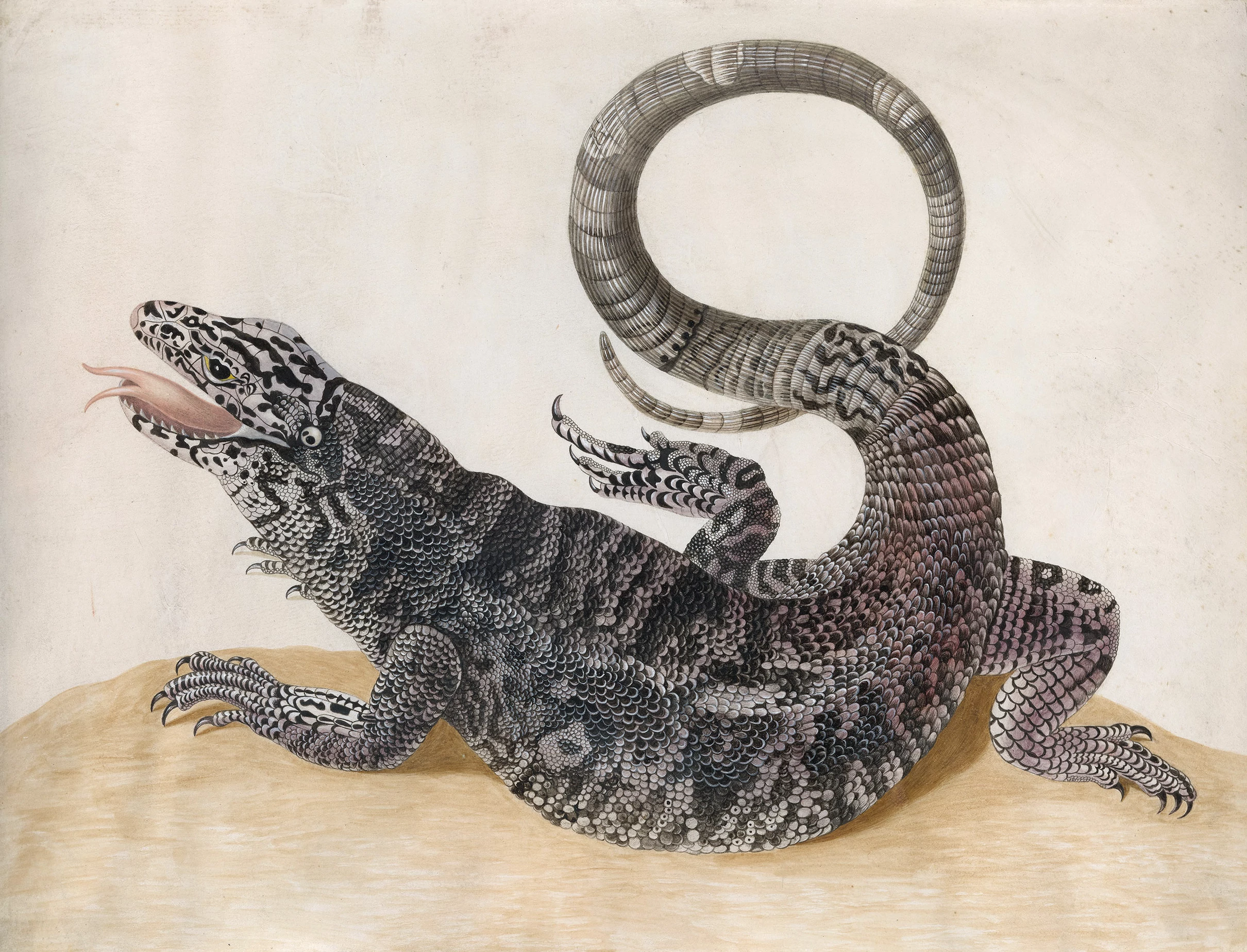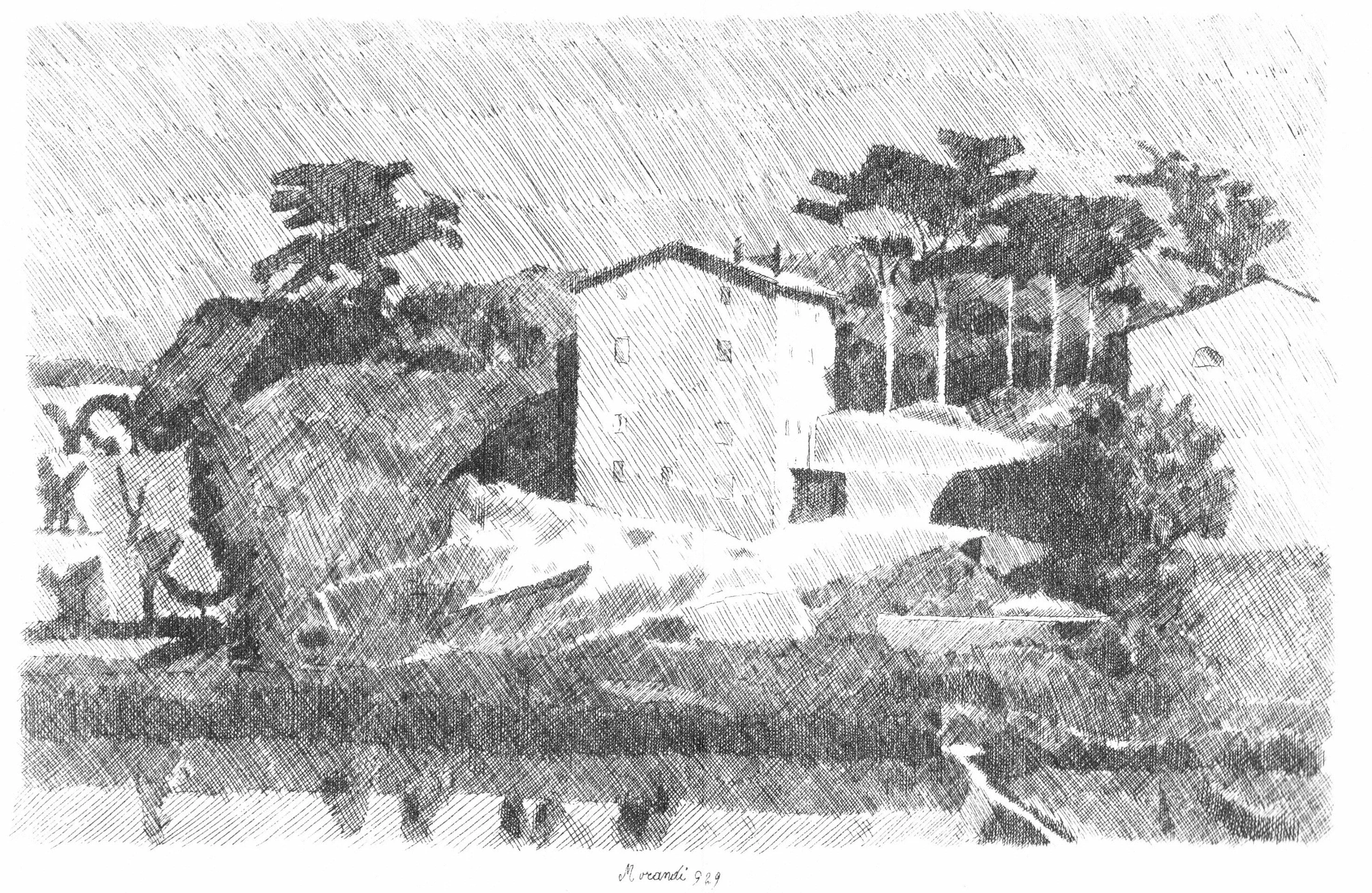
Kufic Script from a Qur'an 900CE
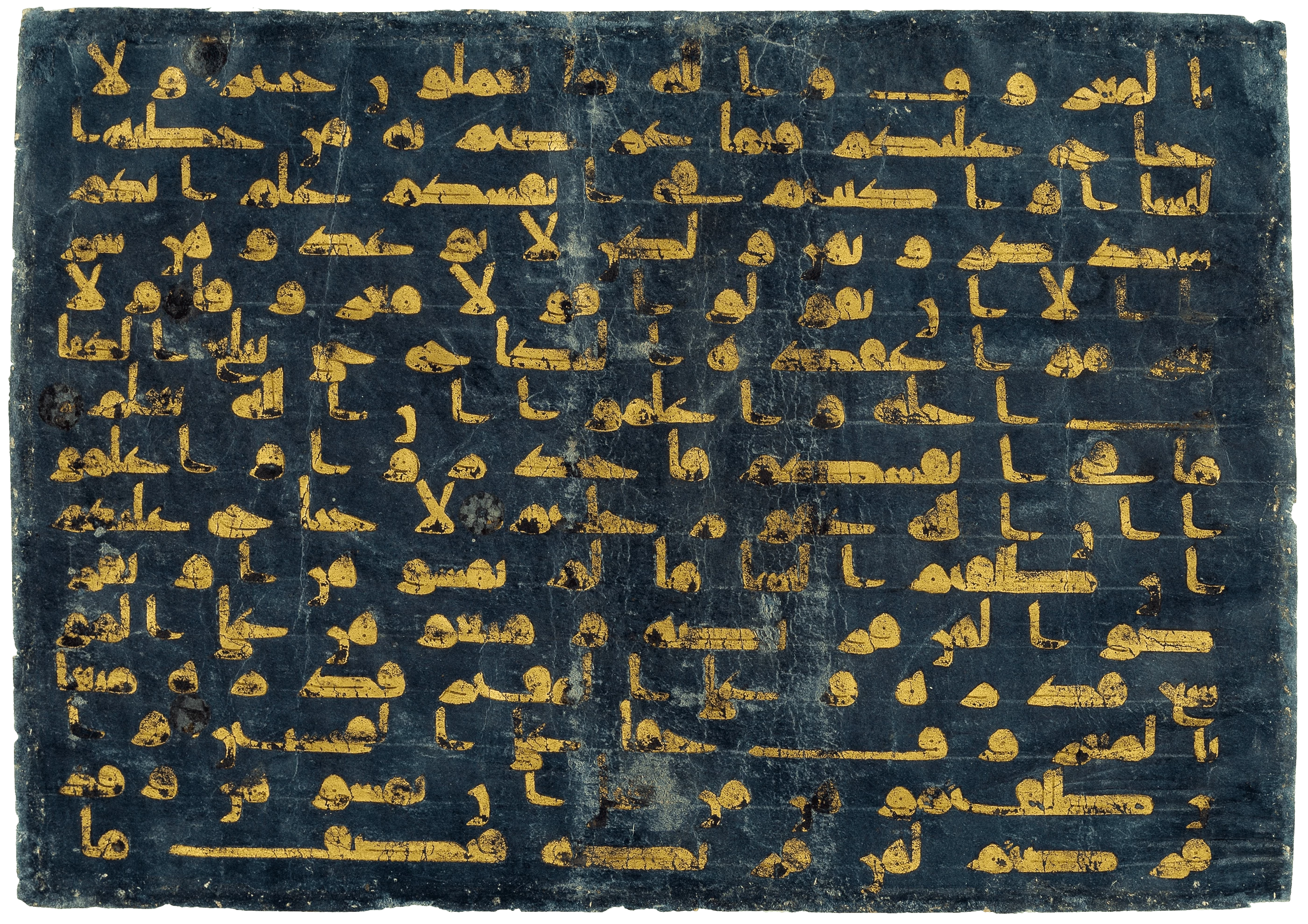
Qur'an leaf in Kufic script 900CE
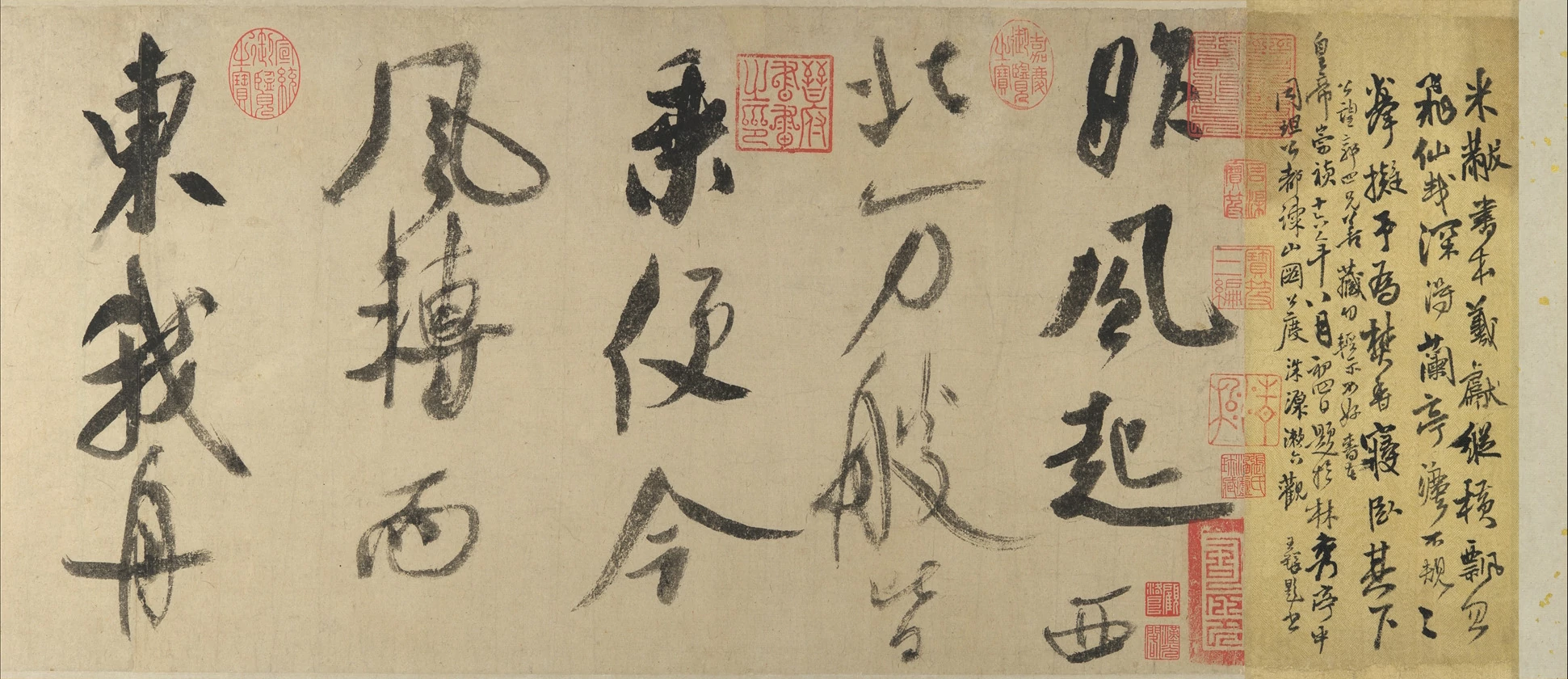
Poem Written in a Boat on the Wu River 1100
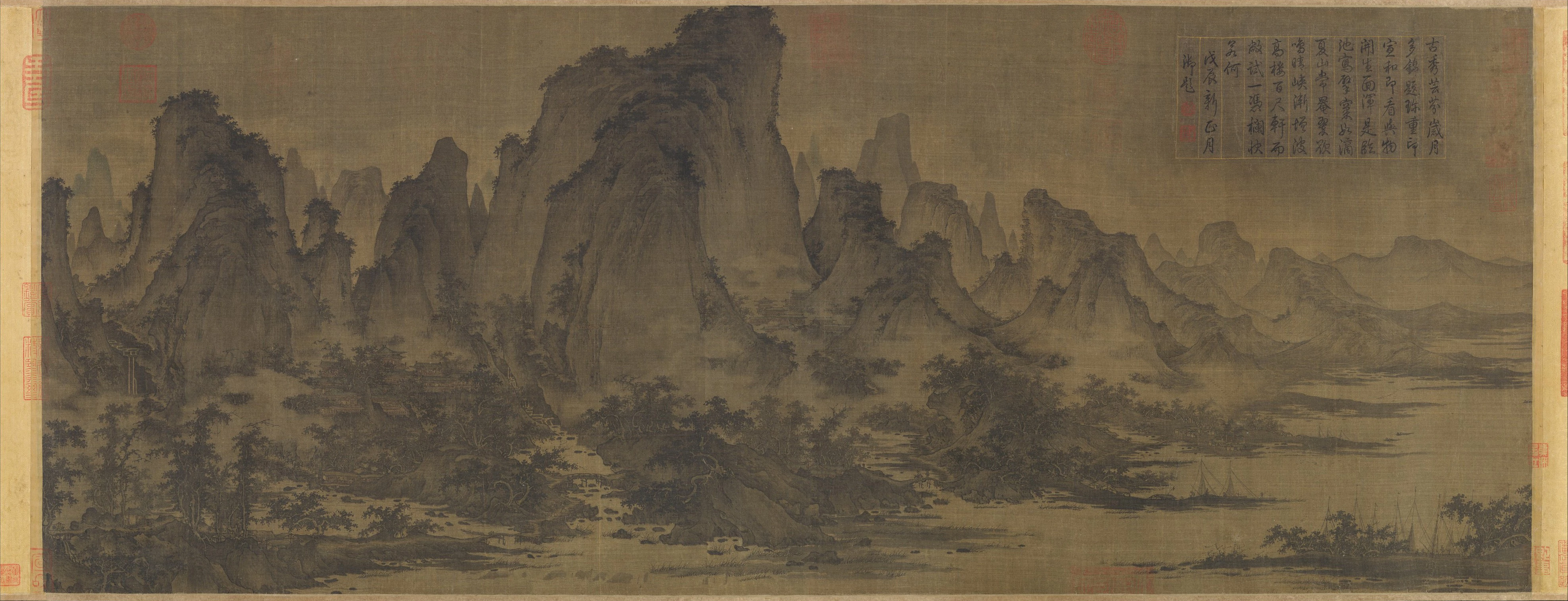
Summer Mountains 1127

Scivias 2.1: The Redeemer Hildegard von Bingen, 1150

Scivias I.6: Humanity and Life Hildegard von Bingen, 1150

Scivias I.6: The Choirs of Angels Hildegard von Bingen, 1150
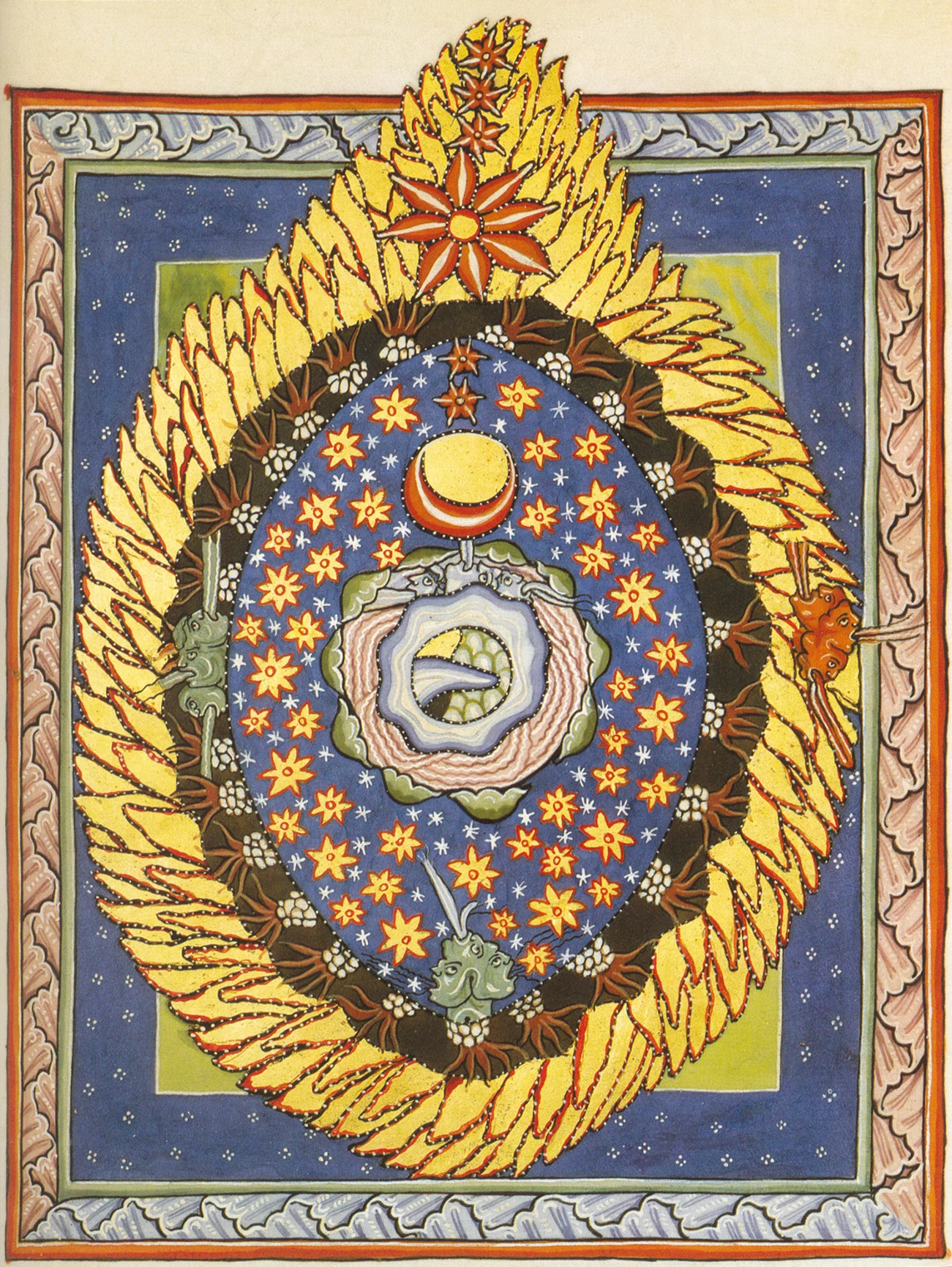
Scivias I.3: God, Cosmos, and Humanity Hildegard von Bingen, 1165
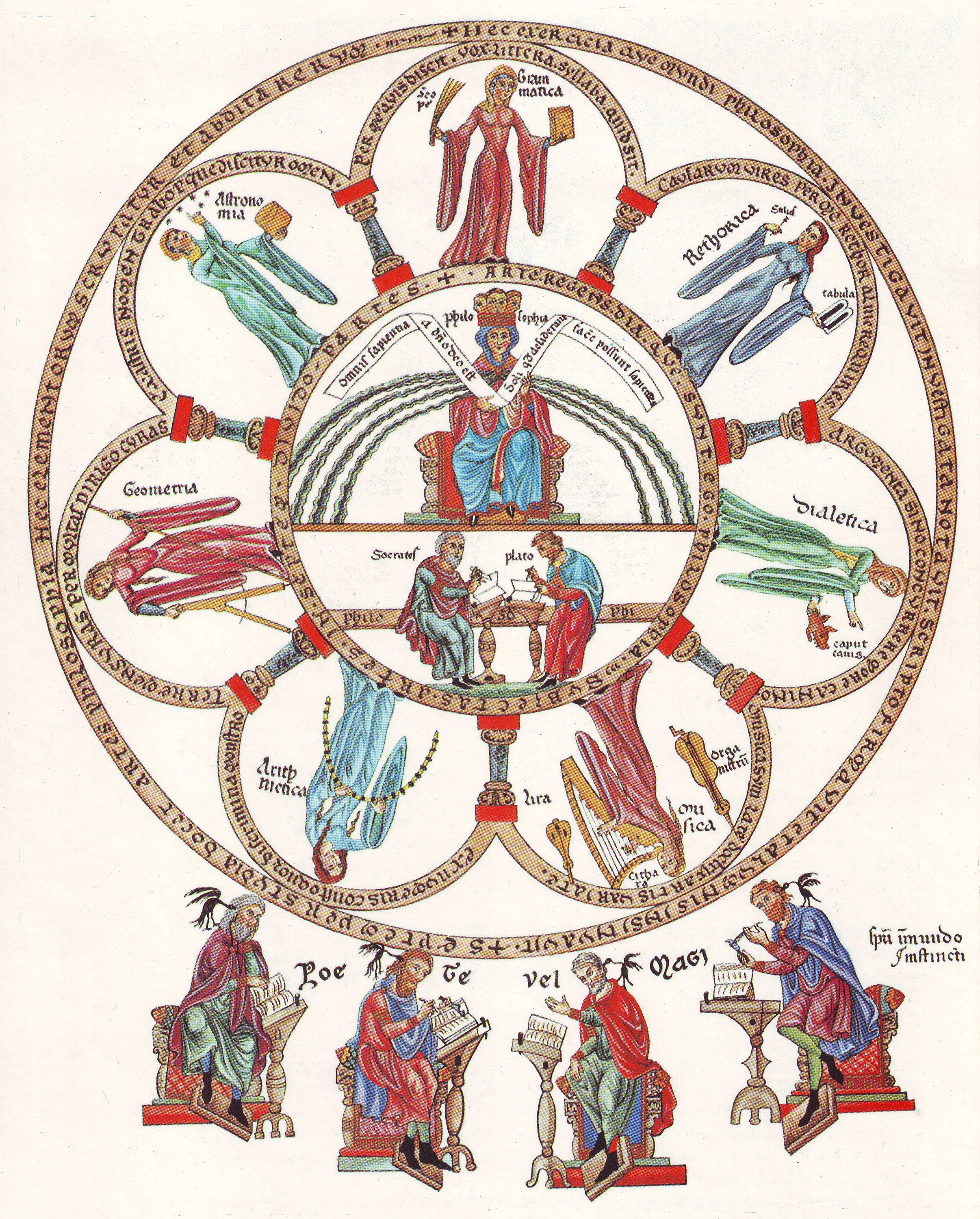
Hortus Deliciarum — Philosophy and the Seven Liberal Arts Herrad of Landsberg, 1180
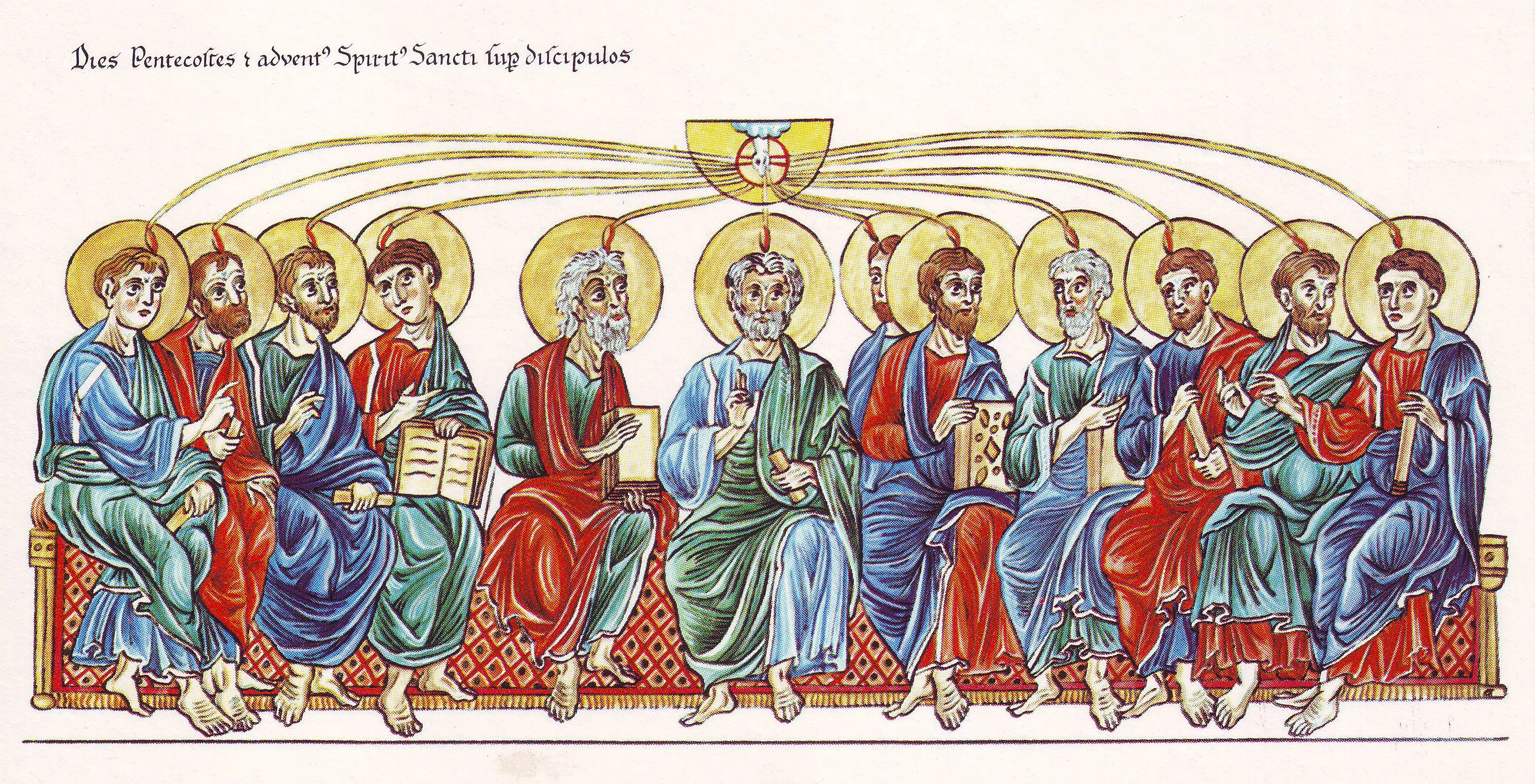
Hortus Deliciarum — The Holy Spirit descends on the Apostles Herrad of Landsberg, 1180

Autumn Colors on the Qiao and Hua Mountains Zhao Mengfu, 1295
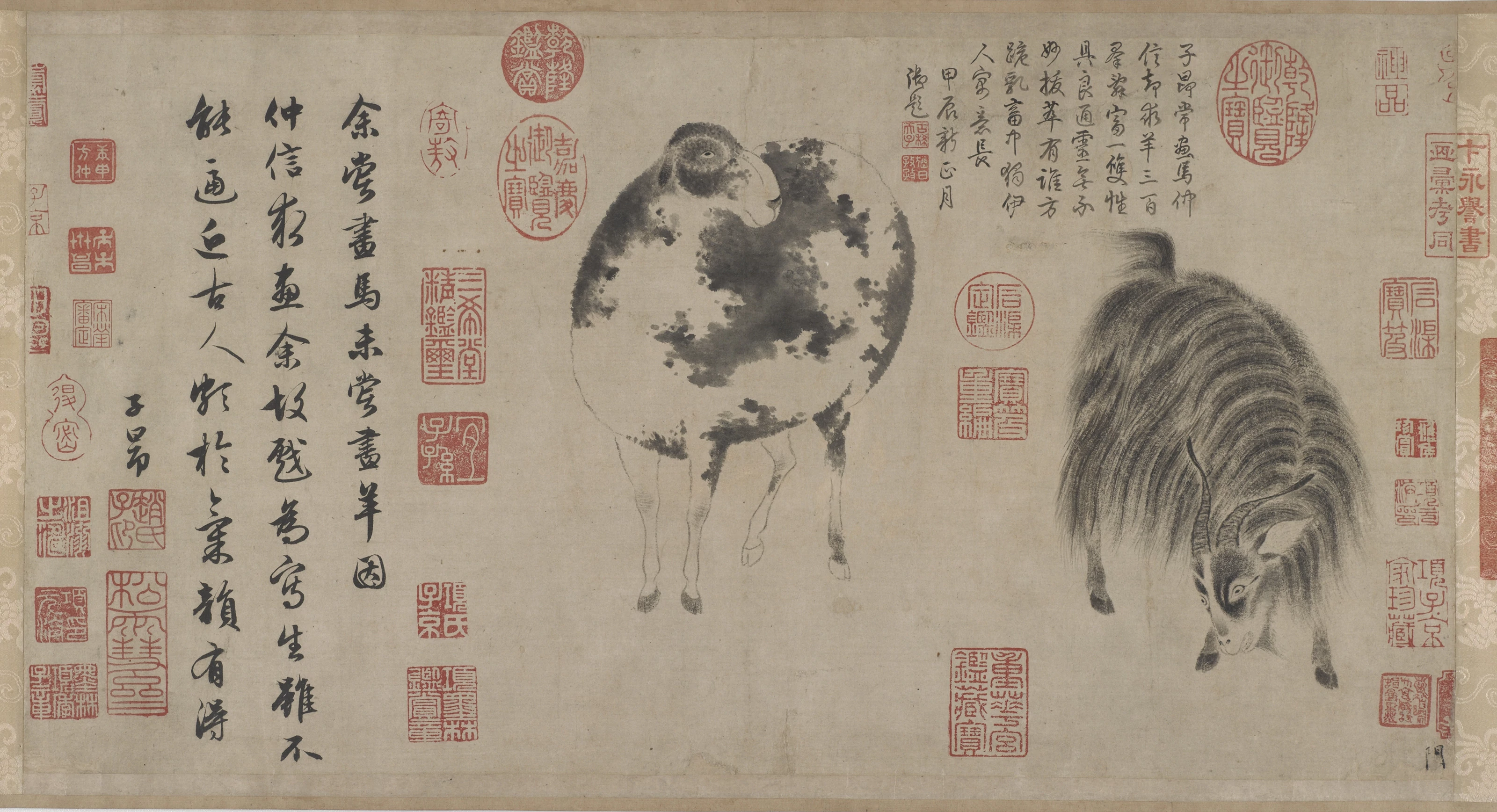
A Sheep and Goat Zhao Mengfu, 1300

Bathing Horses Zhao Mengfu, 1300
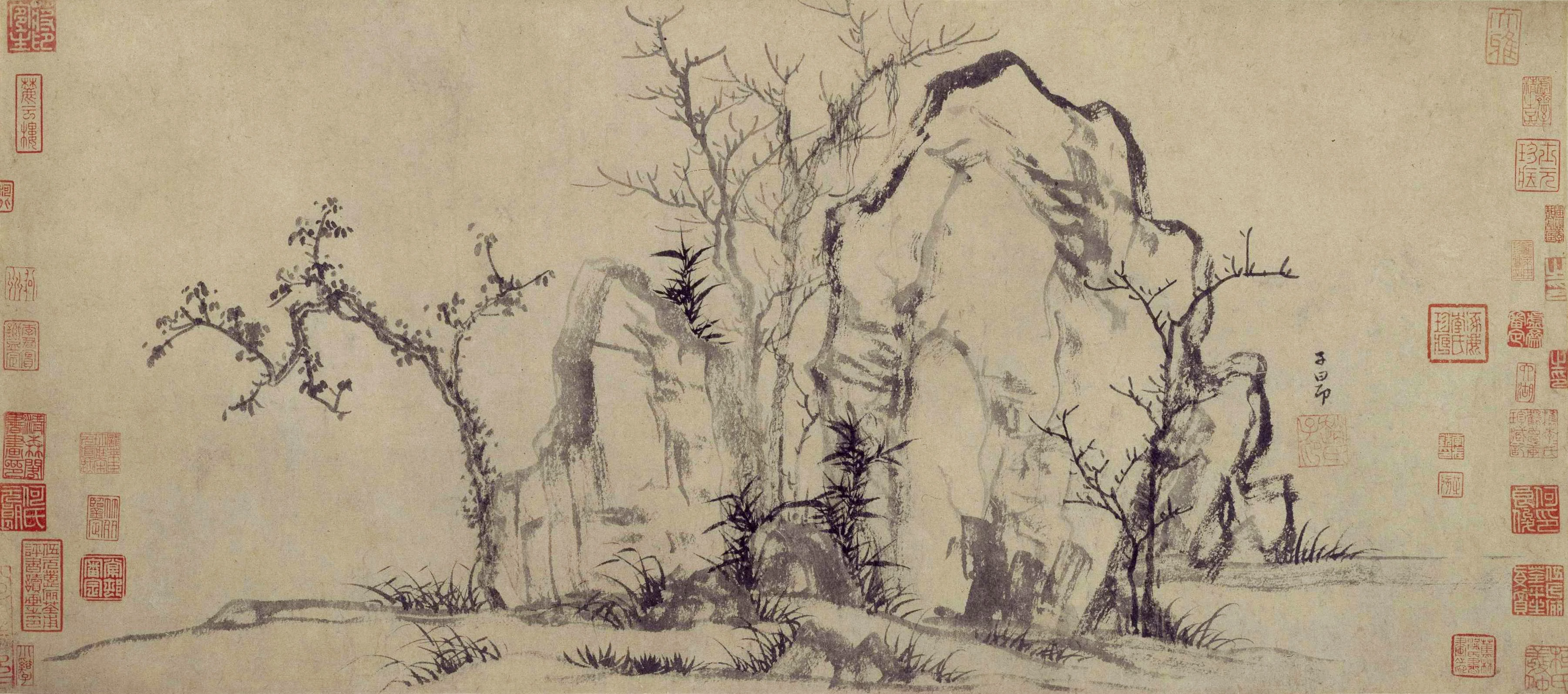
Elegant Rocks and Sparse Trees, 秀石疏林 Zhao Mengfu, 1300

Ode on the Red Cliff and Portrait of Su Shi Zhao Mengfu, 1300

Twin Pines, Level Distance Zhao Mengfu, 1310

Dwelling in the Qingbian Mountains Wang Meng, 1366

Mount Taibai, 太白山圖 Wang Meng, 1271 – 1368
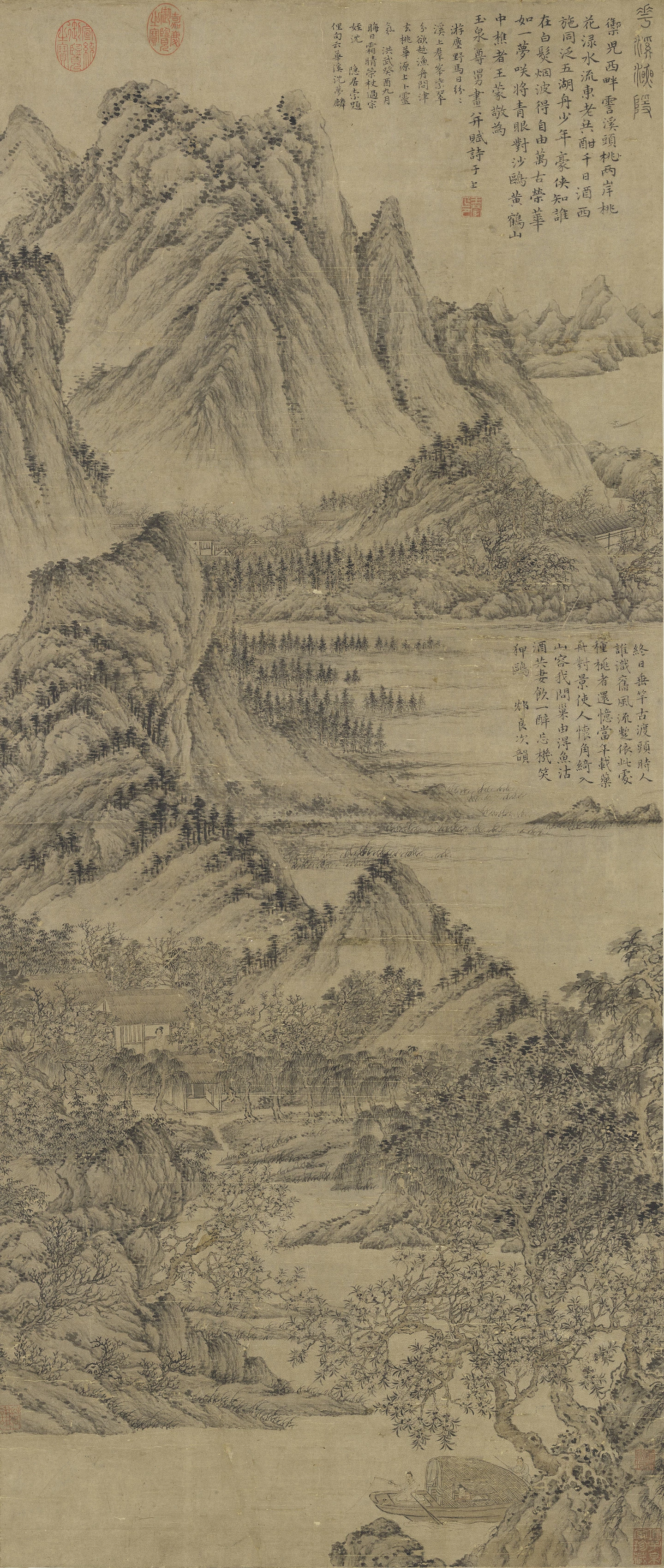
Fishing in Reclusion at Cha-hsi Wang Meng, 1370
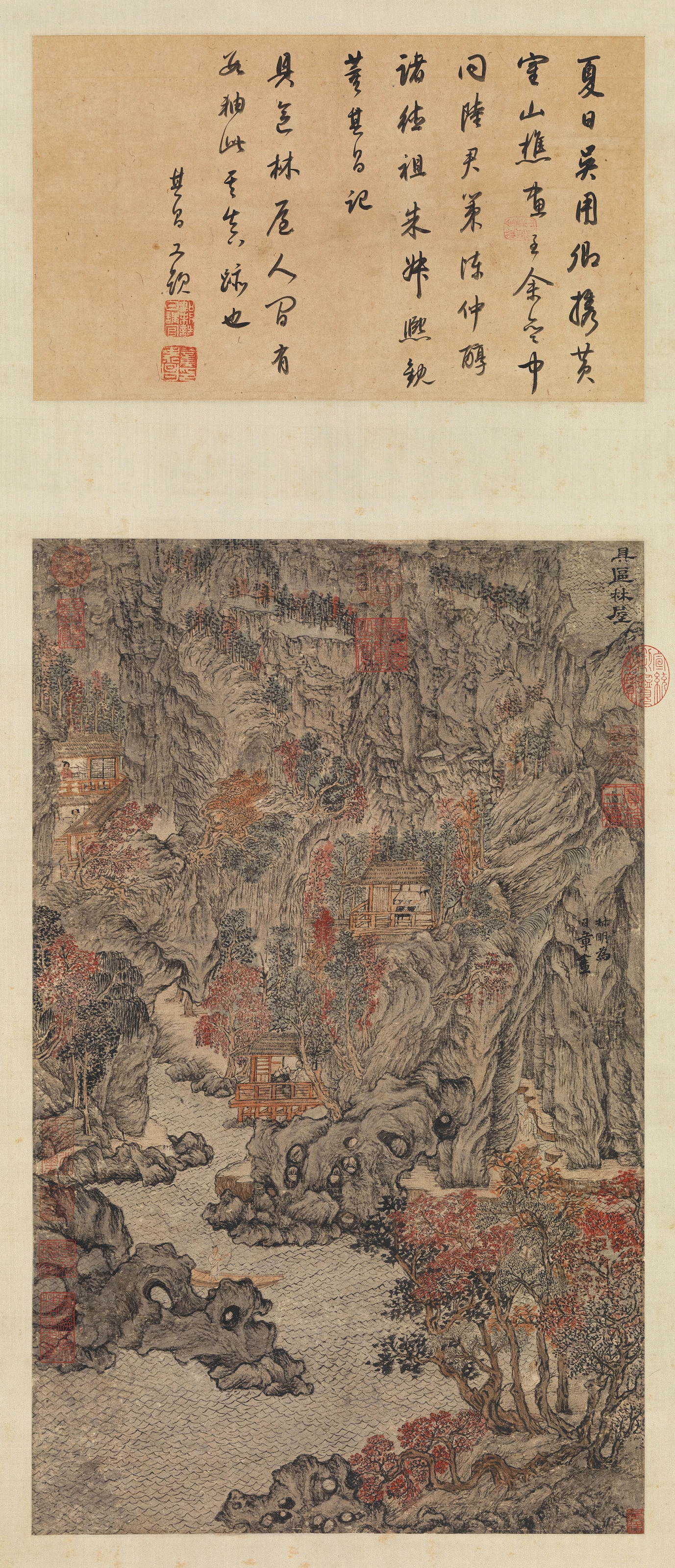
Forest Grotto in Juqu Wang Meng, 1370
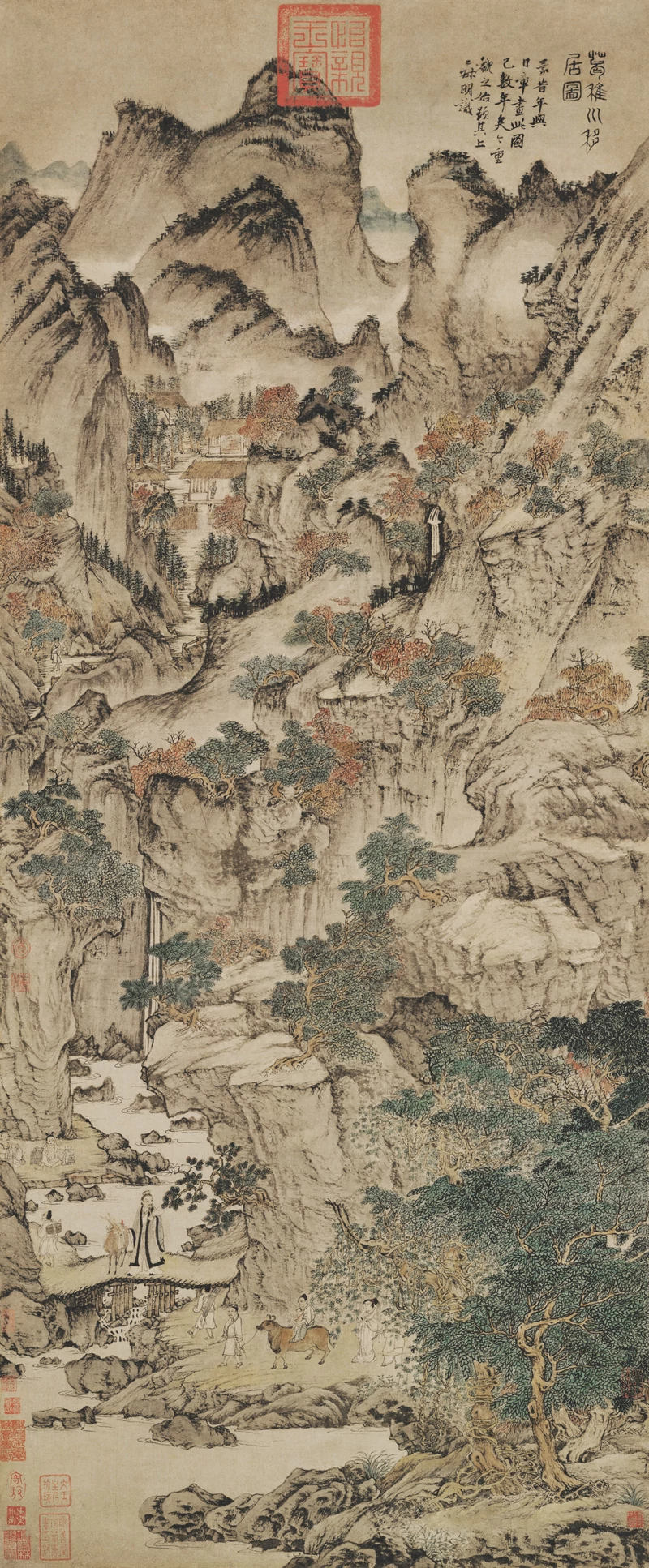
Ge Zhichuan Moving to the Mountains Wang Meng, 1370
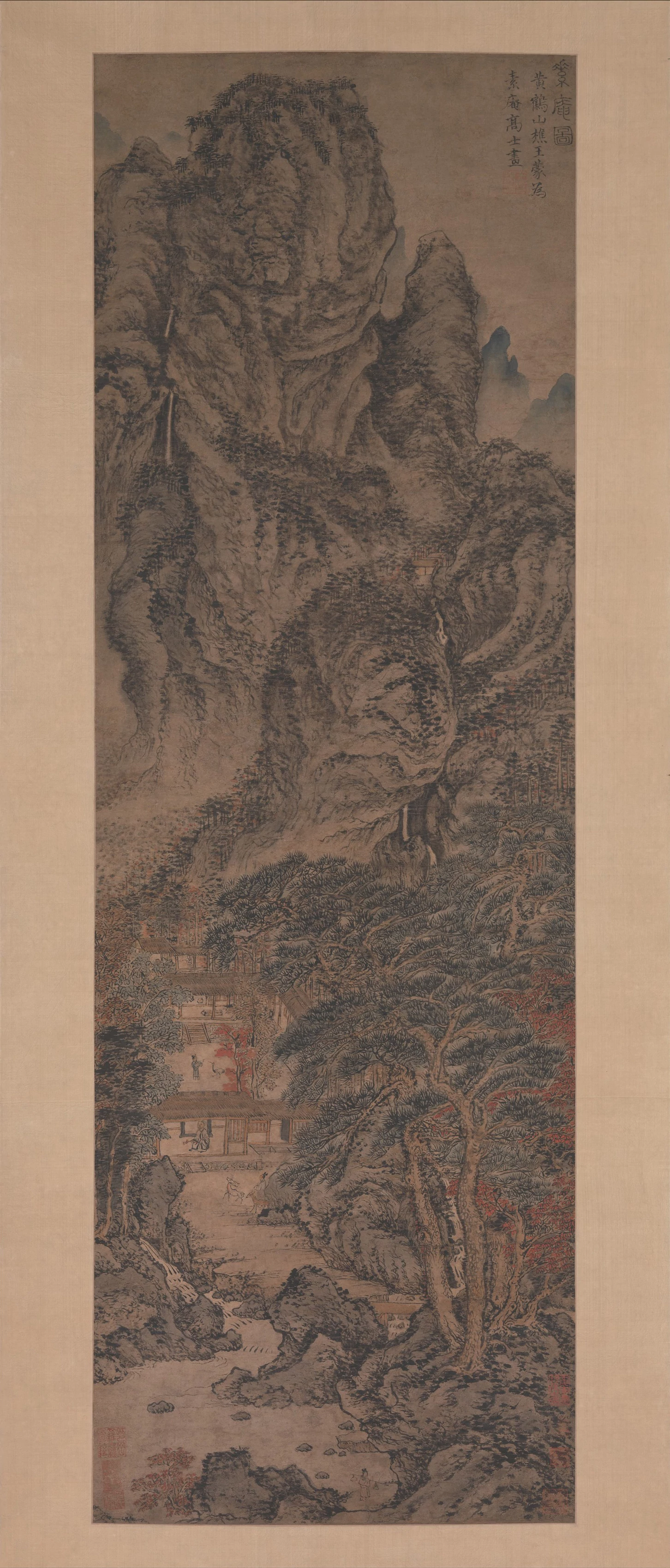
The Simple Retreat Wang Meng, 1370
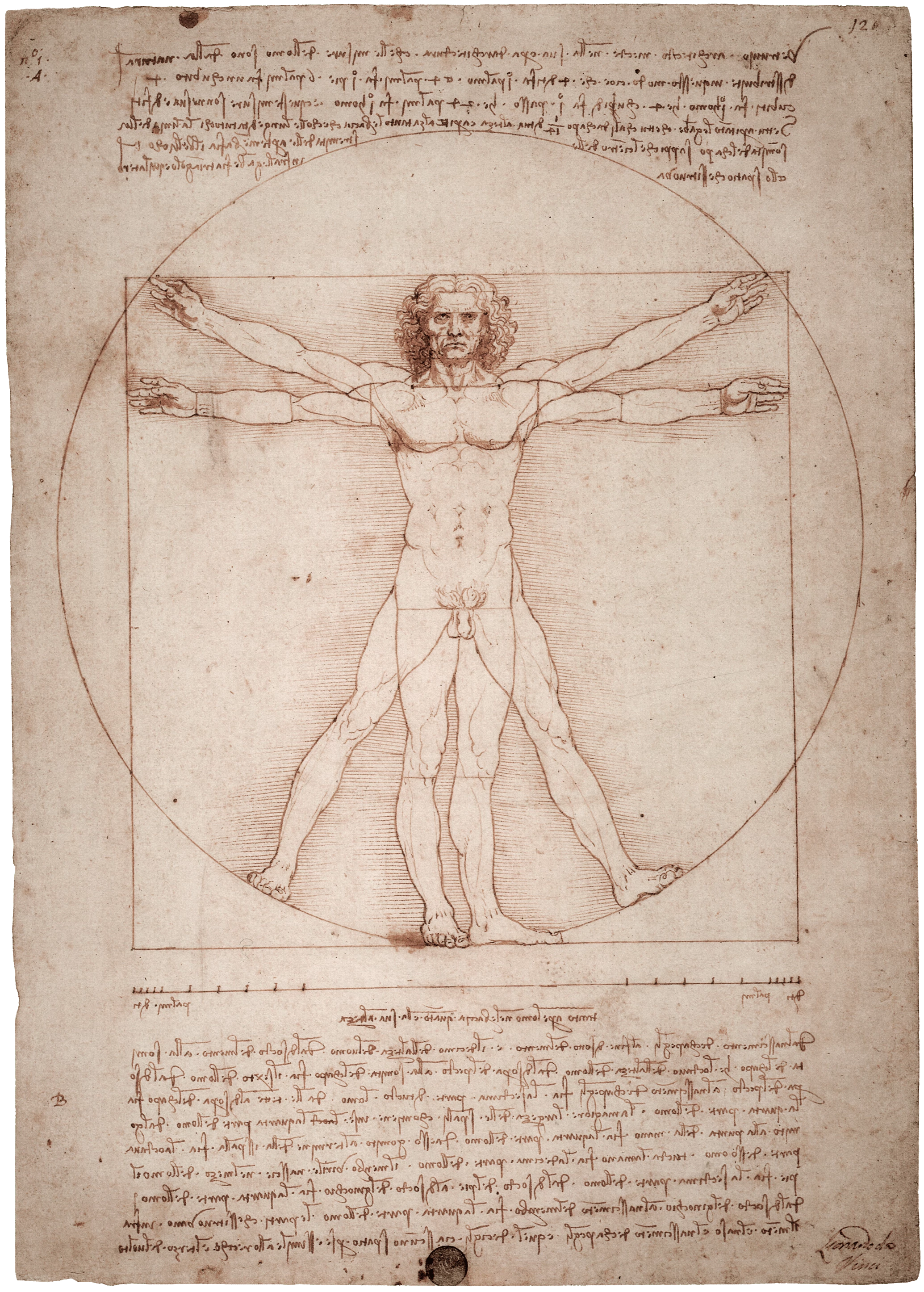
The Vitruvian Man Leonardo da Vinci, 1490

Triumph of Jupiter Bernardo Parentino, 1490

Triumphal Procession with Elephant Bernardo Parentino, 1490

A bird's-eye map of western Tuscany Leonardo da Vinci, 1503 – 1504
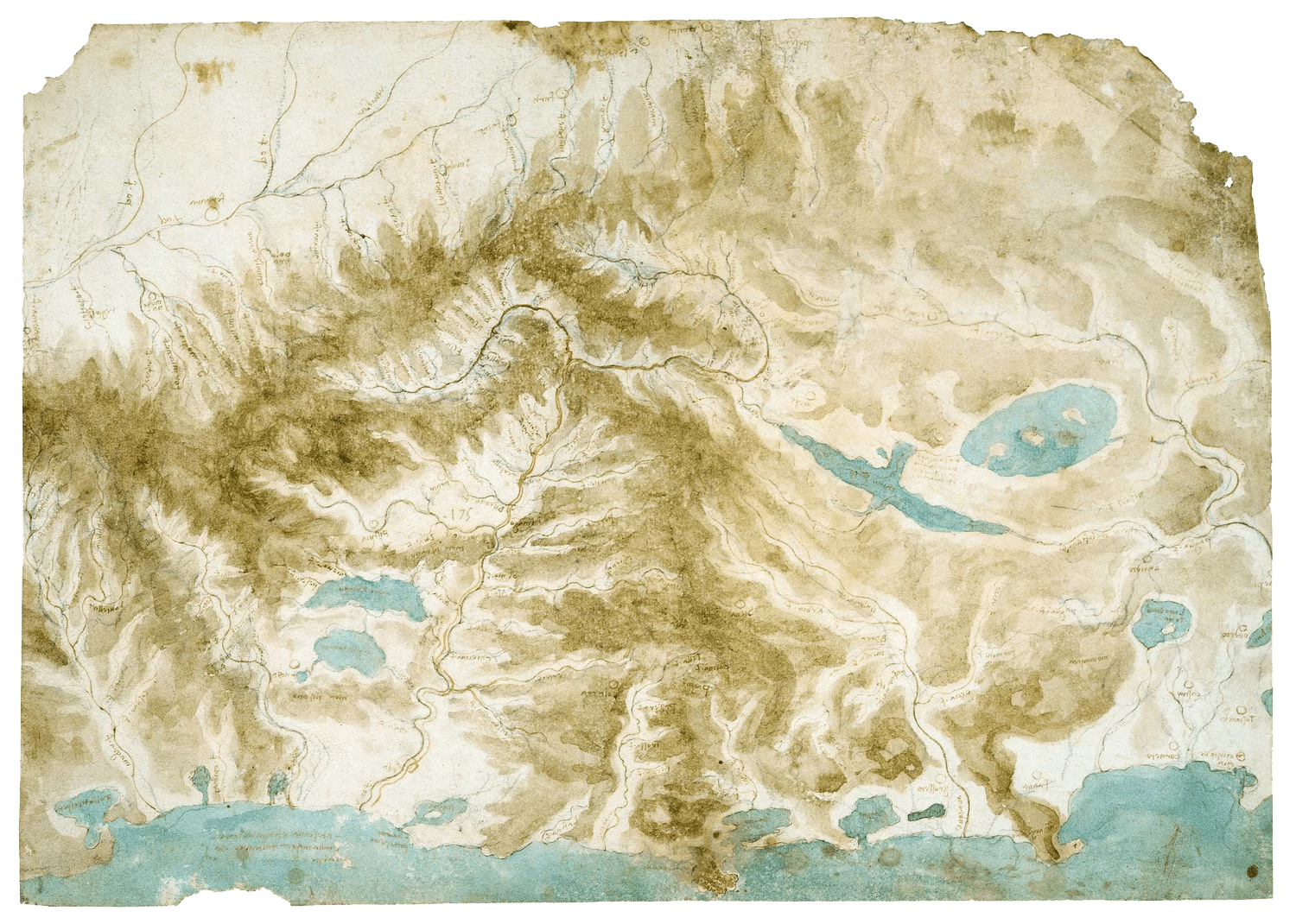
A map of the Arno valley and surrounding areas Leonardo da Vinci, 1503 – 1504
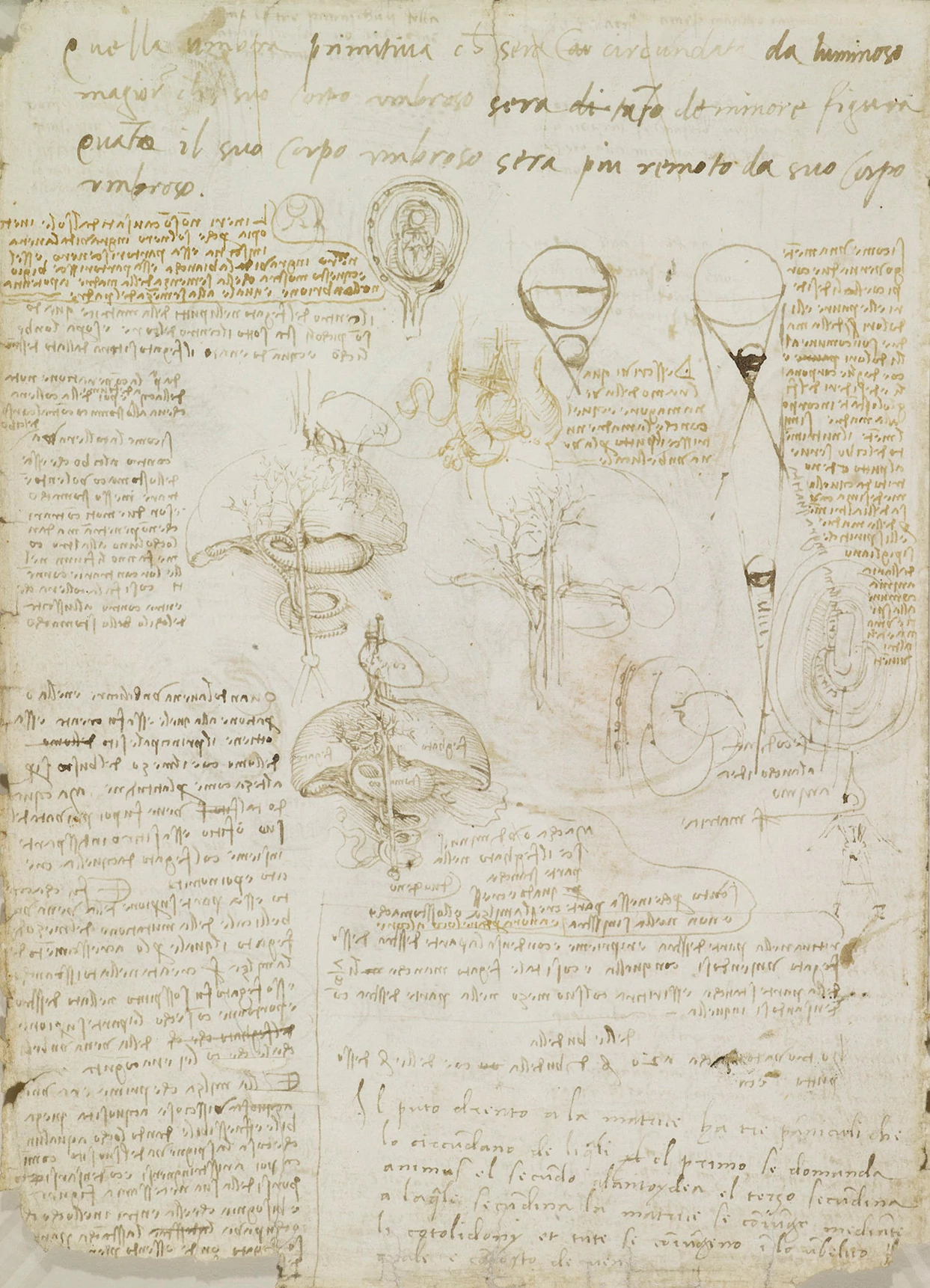
Notes on reproduction Leonardo da Vinci, 1511
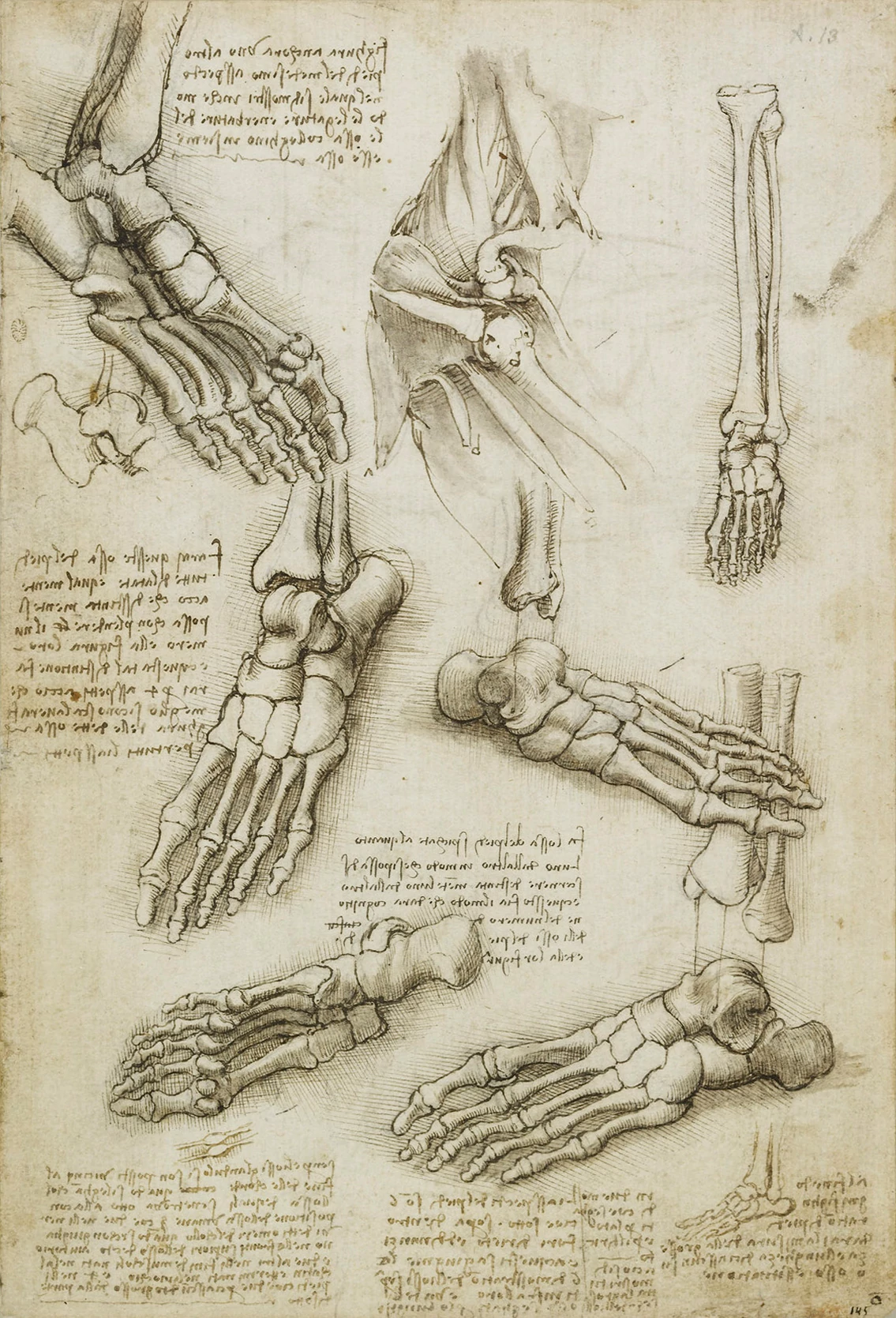
The bones of the foot, and the shoulder Leonardo da Vinci, 1510 – 1511
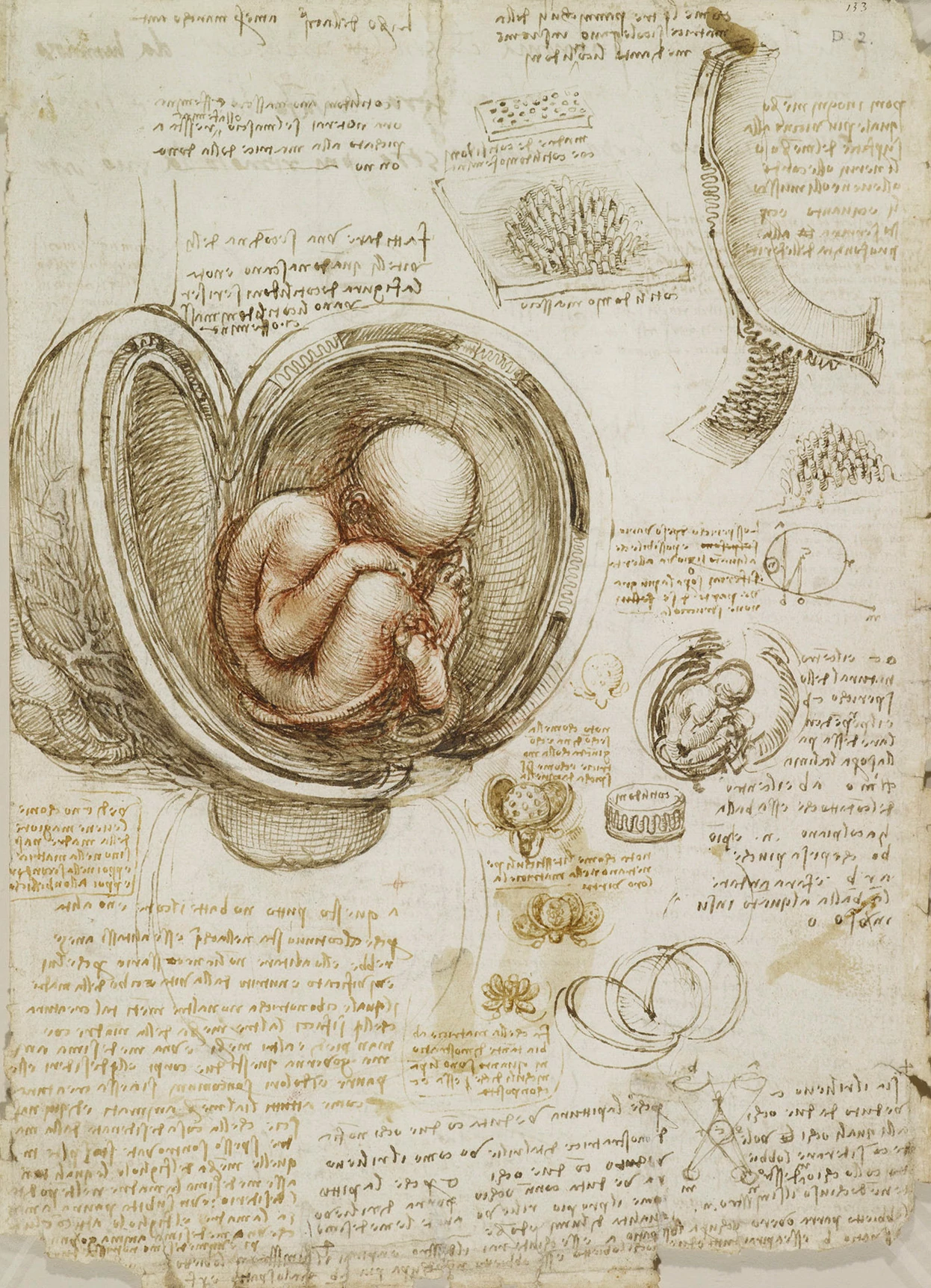
The foetus in the womb Leonardo da Vinci, 1511

The muscles of the shoulder Leonardo da Vinci, 1510 – 1511
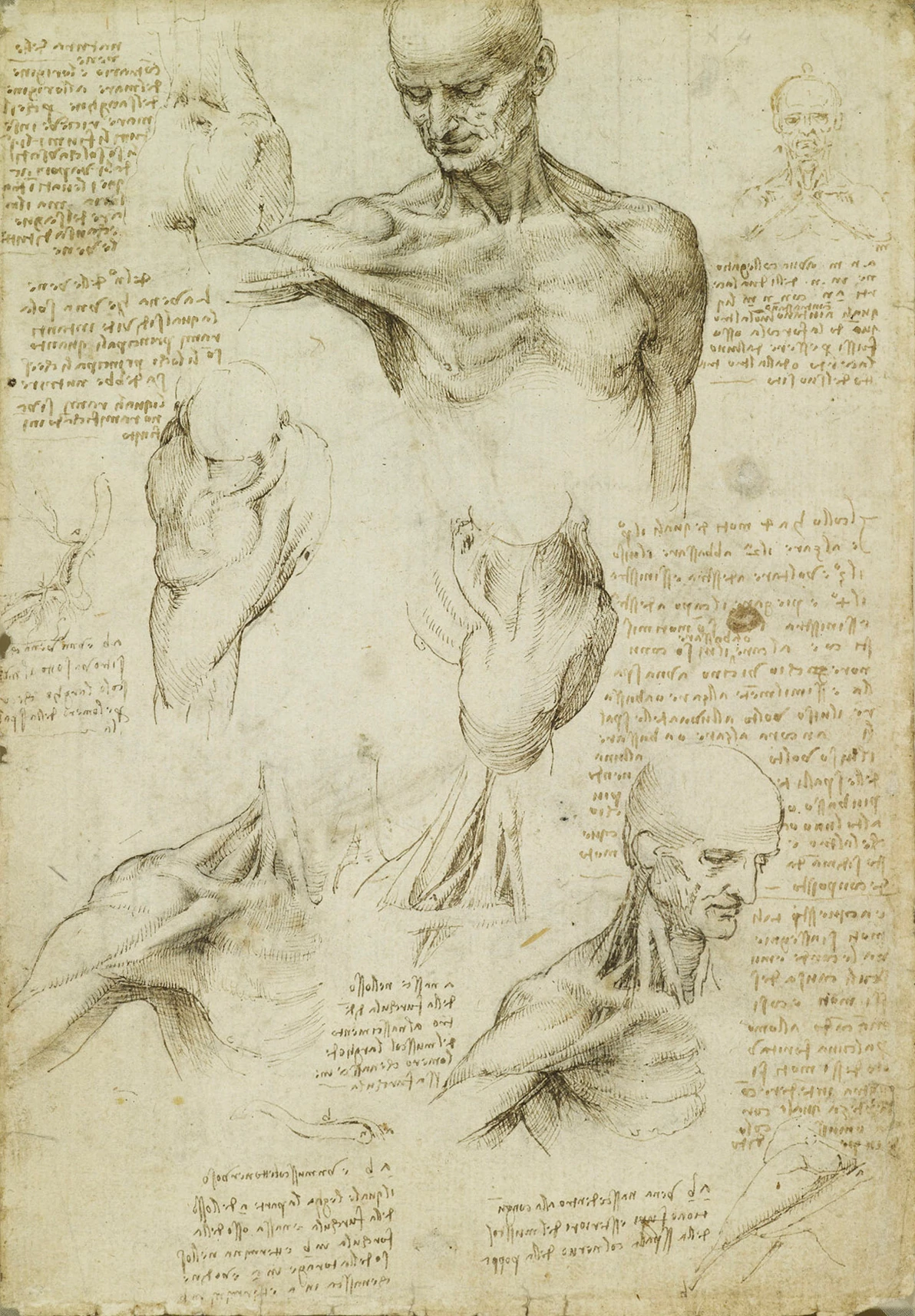
The superficial anatomy of the shoulder and neck Leonardo da Vinci, 1510 – 1511

The veins and muscles of the arm Leonardo da Vinci, 1510 – 1511

A map of the Pontine marshes Leonardo da Vinci, 1515
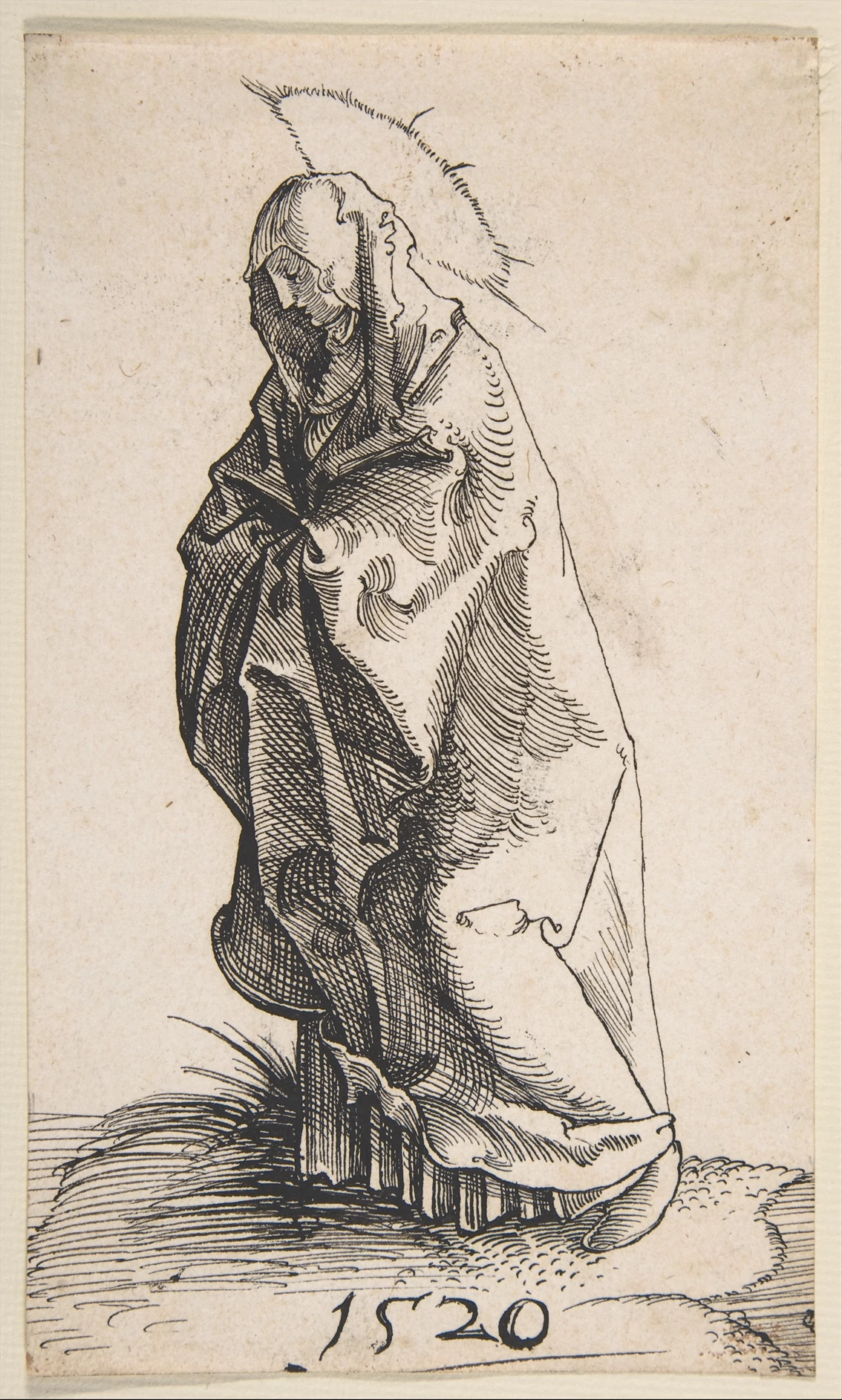
Standing Madonna in Mourning (G.Z.) Monogrammist GZ or Gabriel Zehender, 1520

Jahangir Preferring a Sufi Shaikh to Kings Bichitr, 1615 – 1618
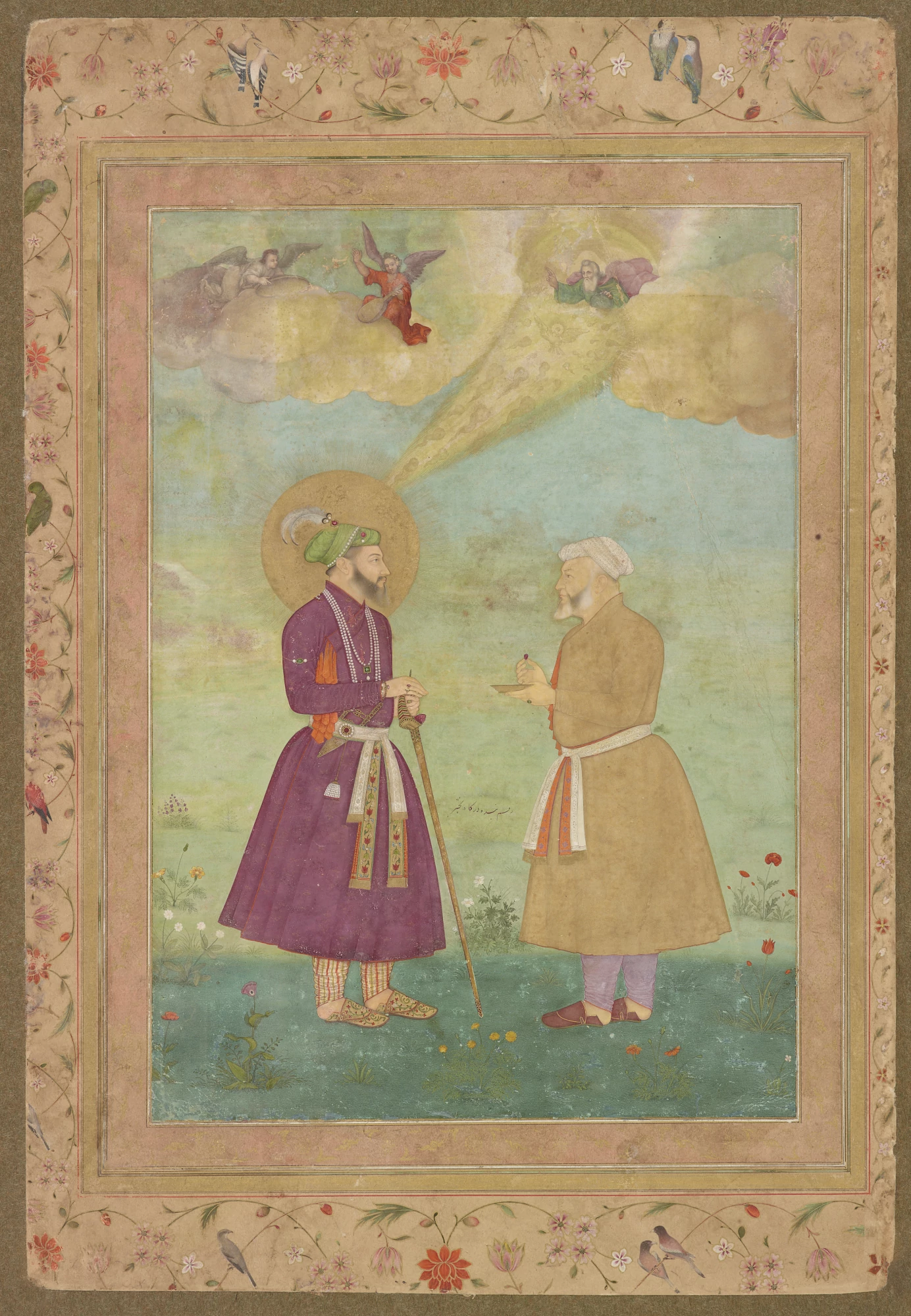
Shah Jahan with Asaf Khan Bichitr, 1640
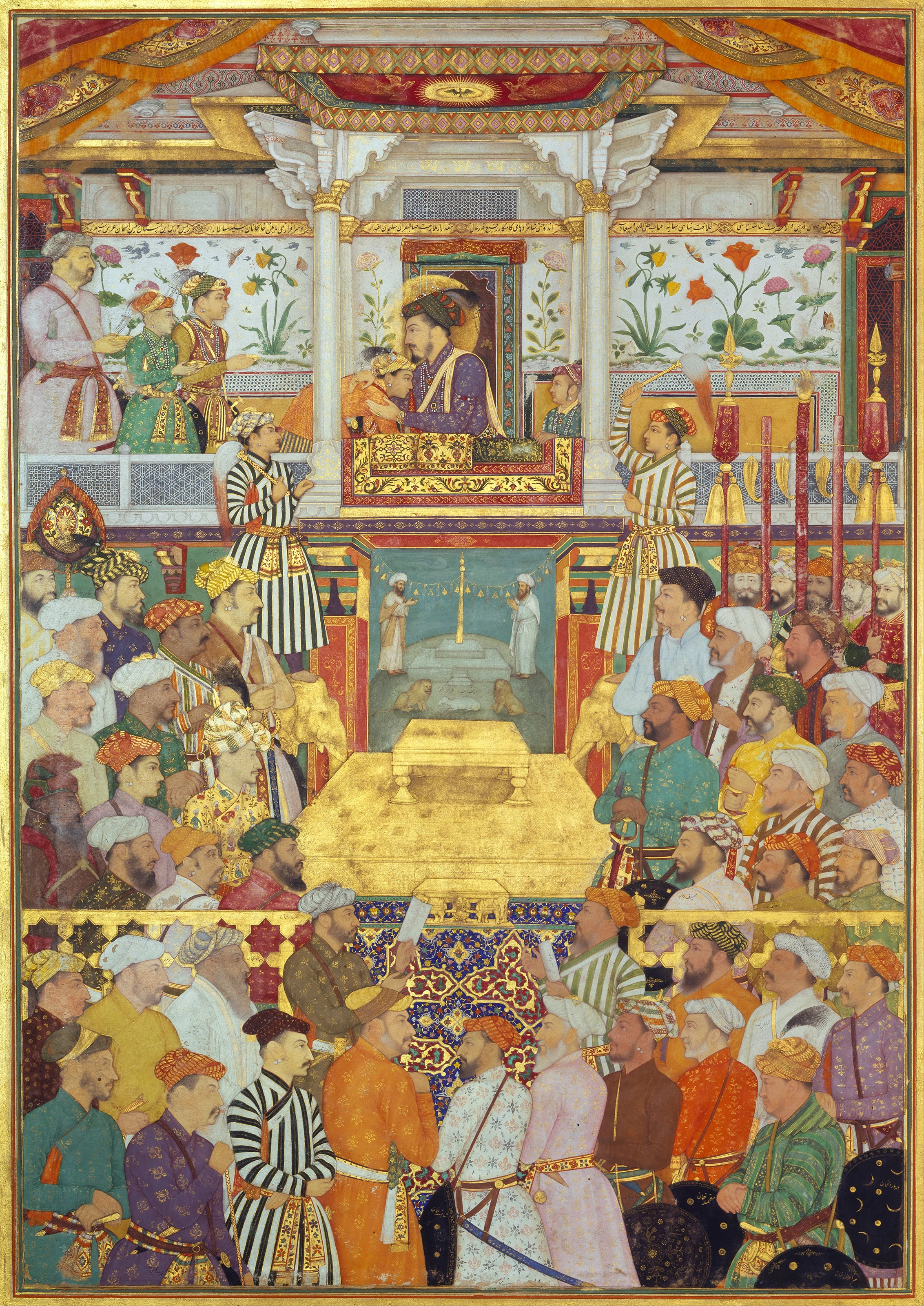
Shah-Jahan receives his three eldest sons and Asaf Khan during his accession ceremonies Bichitr, 1630 – 1657
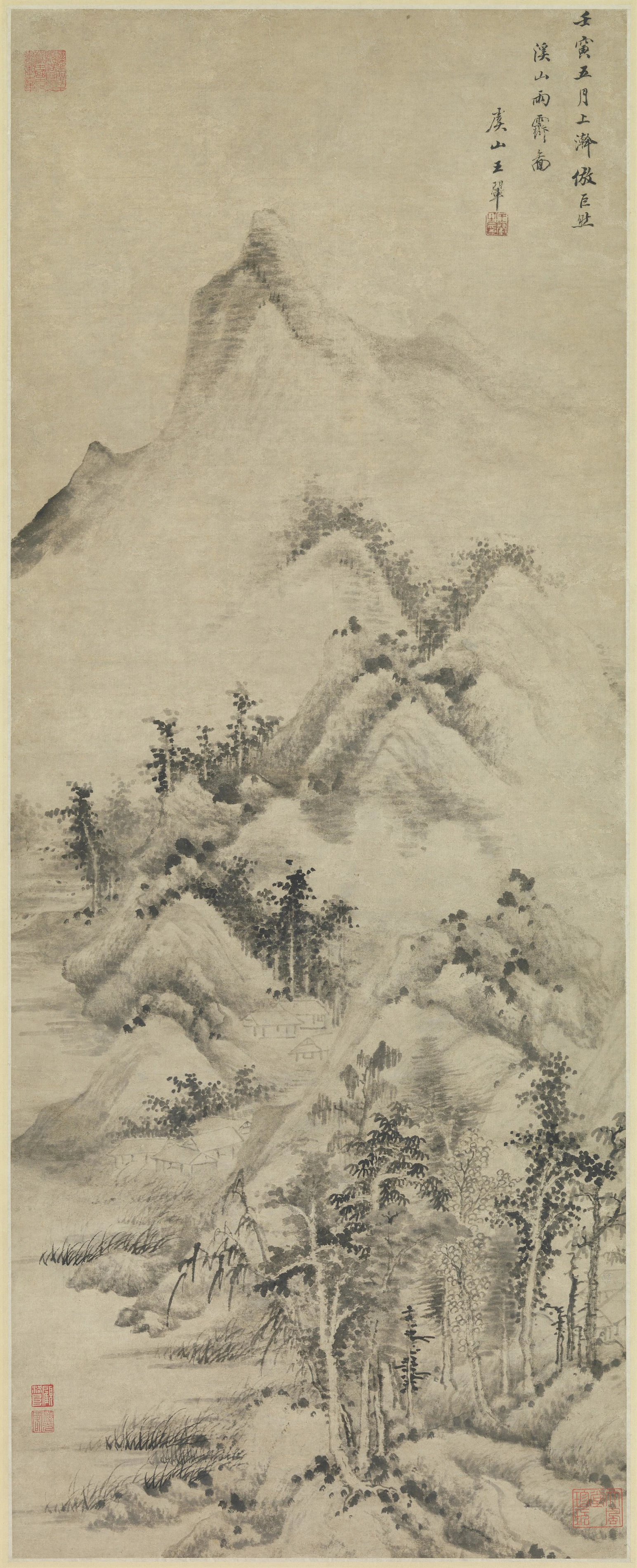
Clearing after Rain over Streams and Mountains Wang Hui (王翚), 1662
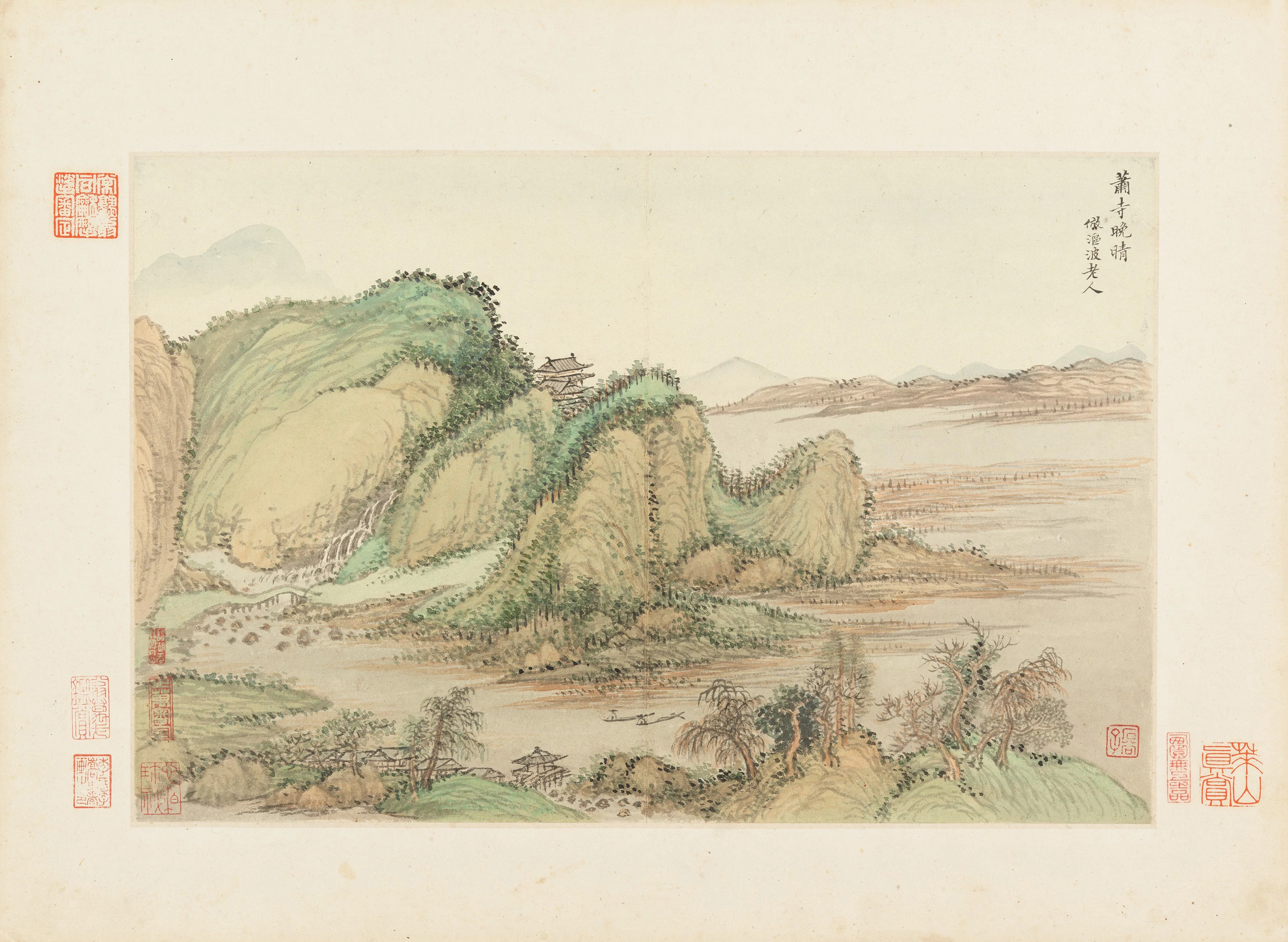
Buddhist Temple on a Clear Evening, after Oubo Laoren Wang Hui (王翚), 1674 – 1677
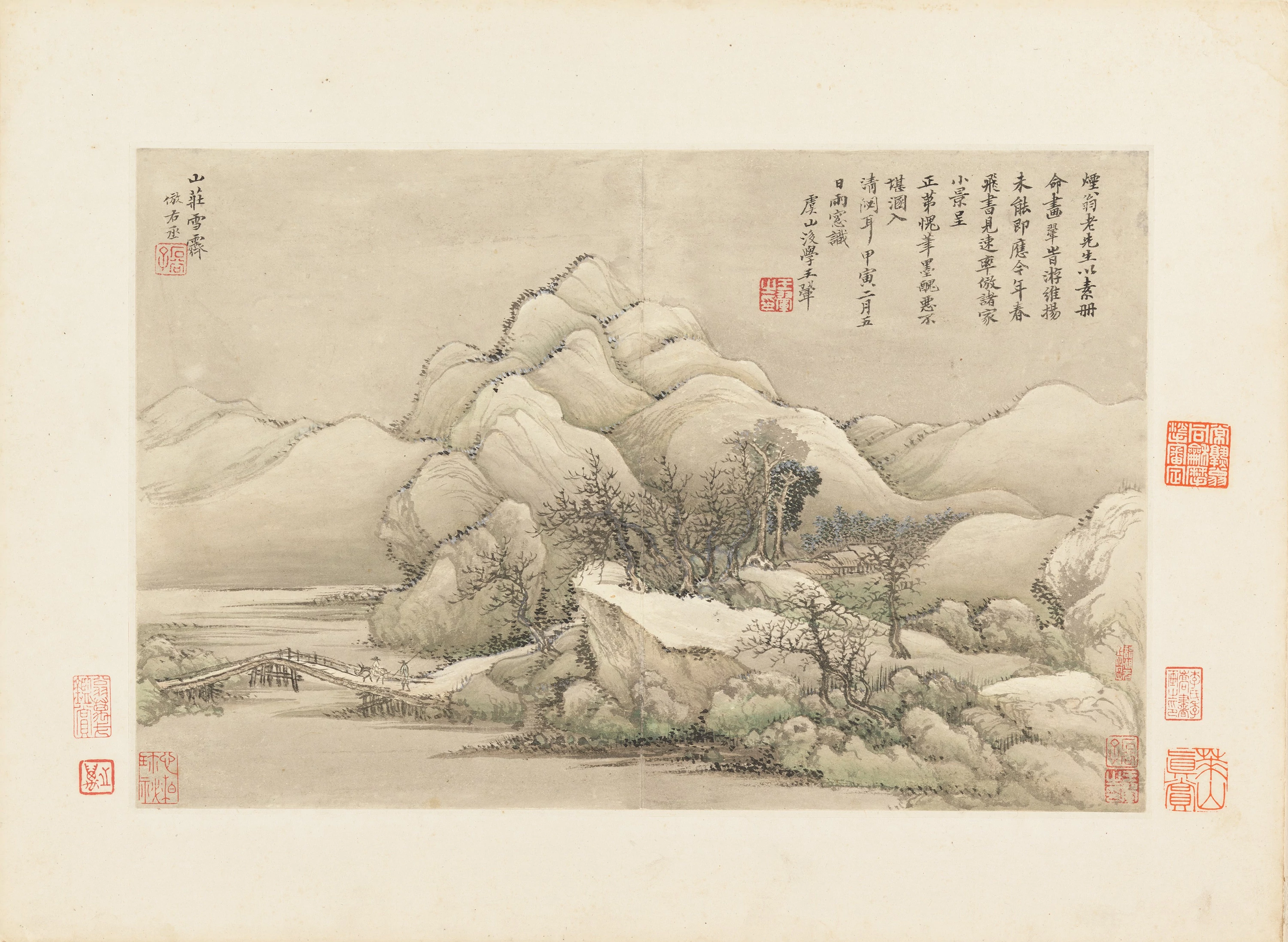
Landscapes 10, 仿古山水圖 Wang Hui (王翚), 1674 – 1677

Sand Banks and Rocks, after Chiweng Wang Hui (王翚), 1674 – 1677

Shady Summer Woods, after Shuming Wang Hui (王翚), 1674 – 1677

Landscapes 4, 仿古山水圖 Wang Hui (王翚), 1674 – 1677

Landscapes 5, 仿古山水圖 Wang Hui (王翚), 1674 – 1677
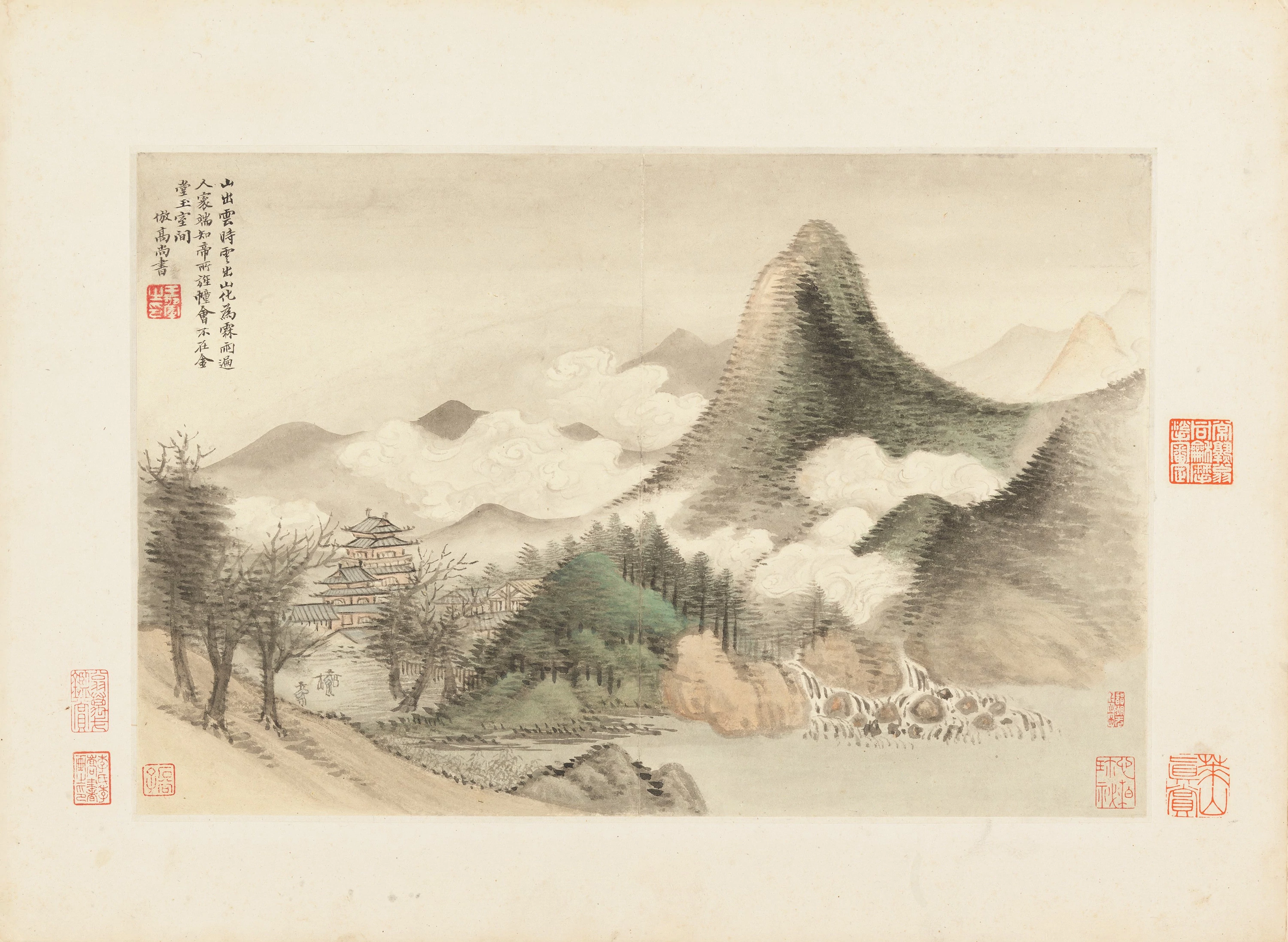
Landscapes 6, 仿古山水圖 Wang Hui (王翚), 1674 – 1677

Landscapes 7, 仿古山水圖 Wang Hui (王翚), 1674 – 1677
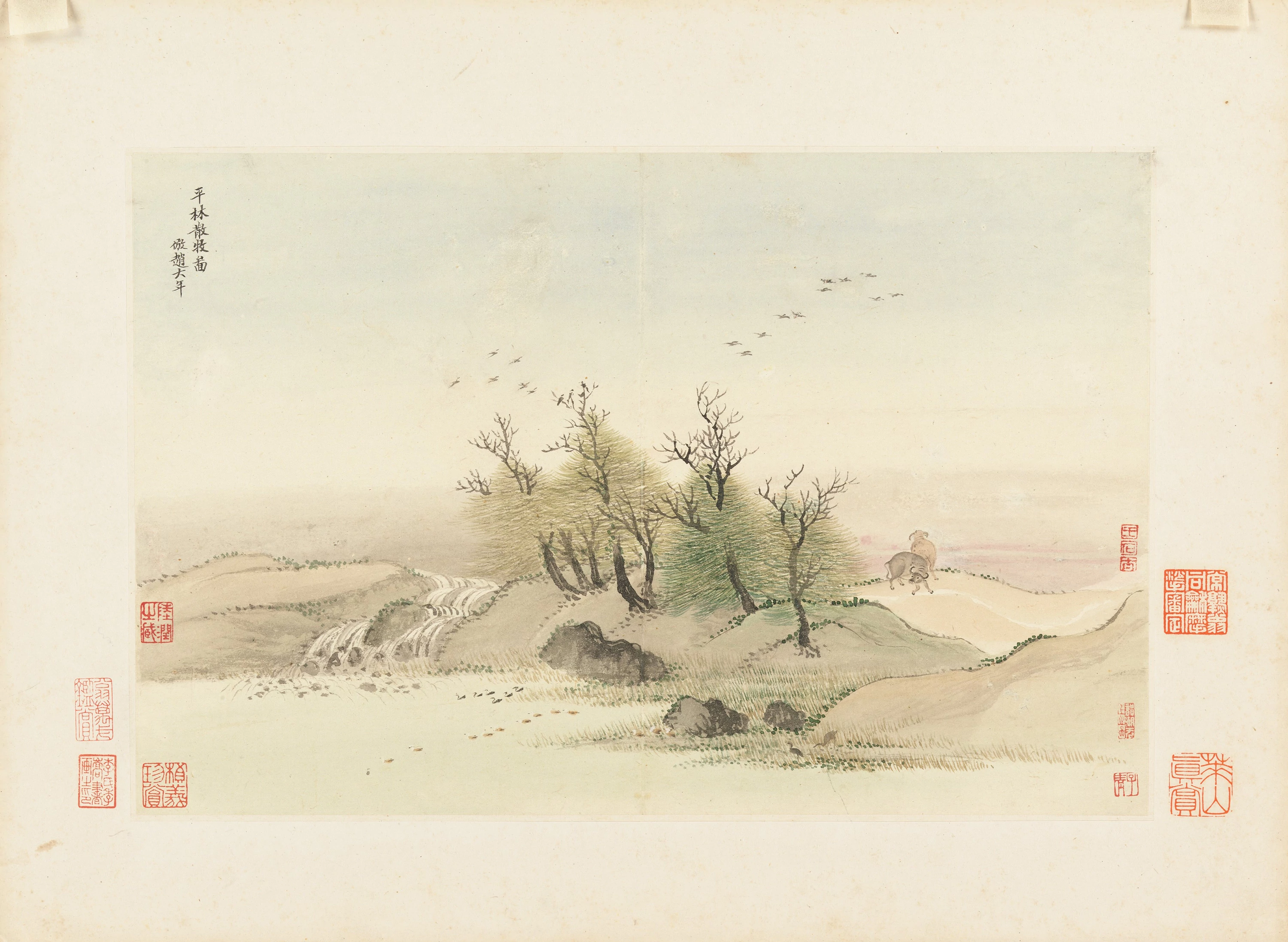
Landscapes 8, 仿古山水圖 Wang Hui (王翚), 1674 – 1677
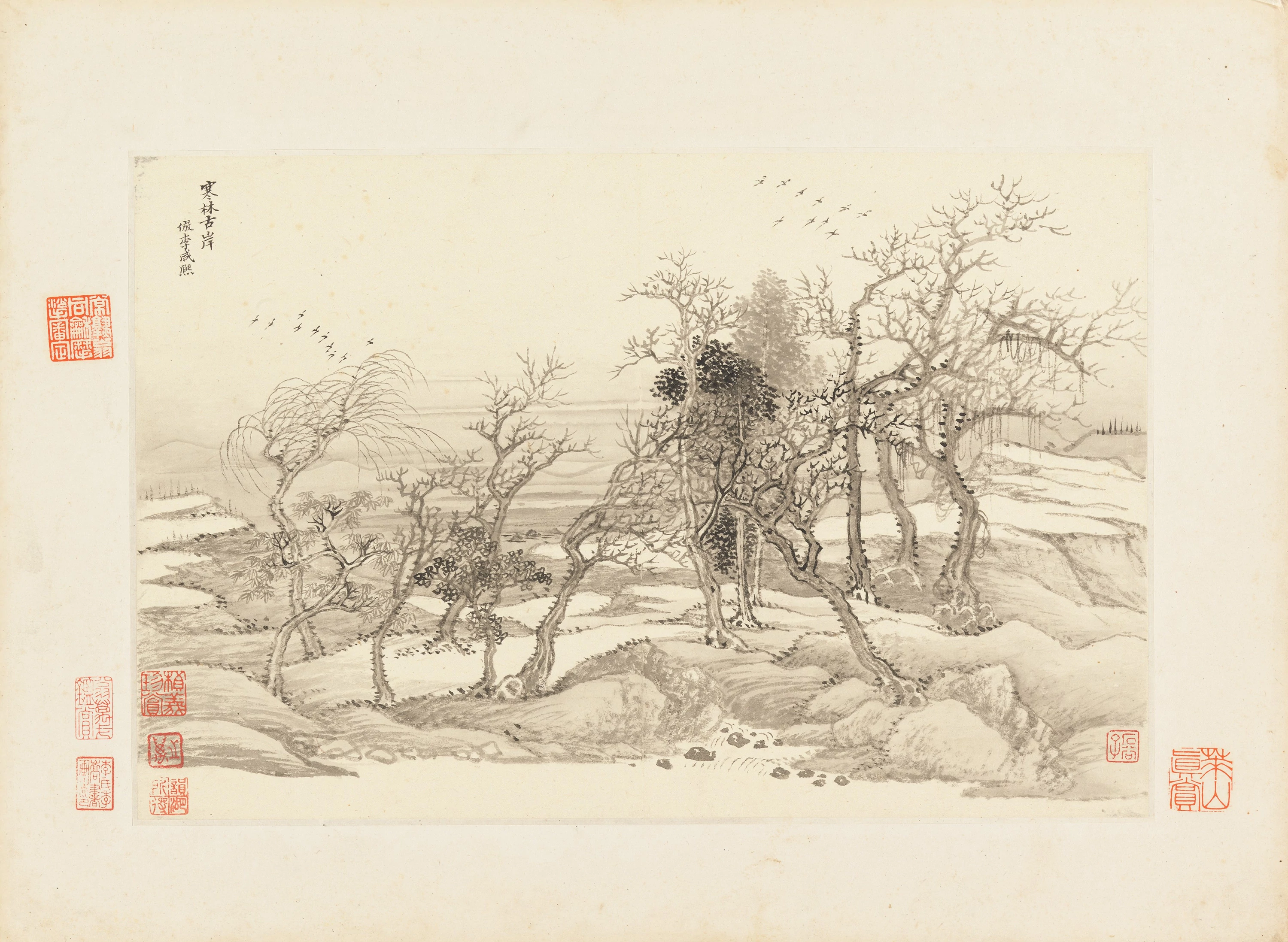
Landscapes 9, 仿古山水圖 Wang Hui (王翚), 1674 – 1677
